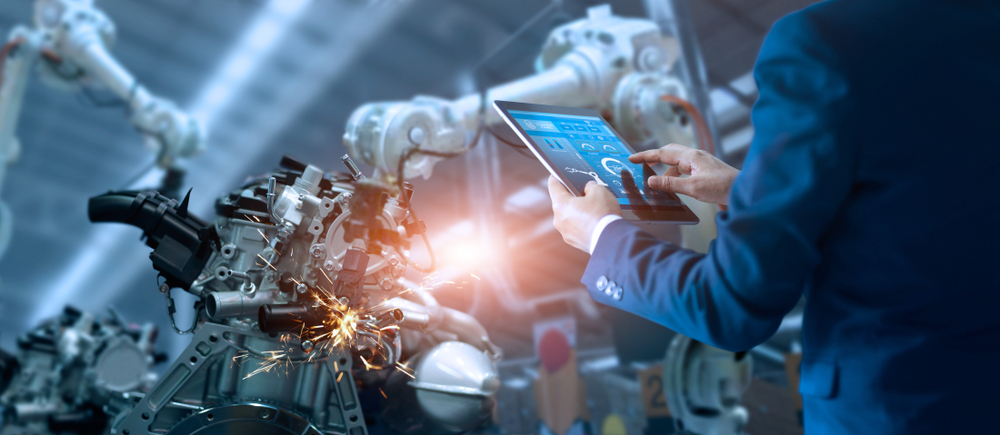
Manufacturers are currently searching for new and unique ways to redesign work, including the workforce and the workplace, to manage and avoid uncertainty and disruption.
How Many Manufacturers Plan Changes?
A recent Deloitte poll found that 61% of surveyed executives hope to develop a hybrid model for non-production and production processes within the next three years.
The Focus on Agility
According to Deloitte, many manufacturers plan to focus on improving their agility to overcome future disruptions. The focus on agility of operations includes investment in digital initiatives across the supply network and production process.
Deloitte suggests that manufacturers begin by solving the challenges that arose due to the pandemic. From there, they should capture and analyze data across their global manufacturing footprint to look for other areas to improve.
The Strength of Flexible Work
One of the most significant disruptions to the world was the rise of flexible and remote work during the pandemic. This trend is strongly expected to continue.
This is particularly challenging for certain aspects of the manufacturing industry, as many tasks need to be completed in person. However, the transition to an increase in automation and digitization of manufacturing will make this easier.
The 2021 Work Trend Index from Microsoft 365 and LinkedIn also found that flexible work will stay. It found that 70% of workers prefer flexible remote work options, while more than 65% want more in-person time.
Businesses are taking this change to heart, with 66% of decision-makers thinking about redesigning the physical spaces within their workplace to accommodate these hybrid work environments.
High Productivity and Exhaustion in the Workforce
The 2021 Work Trend Index also found that the current high productivity has created an exhausted workforce. This may force a redesign of work. Twenty percent of global survey respondents indicated that employers don’t care about work-life balance, with 54% saying they feel overworked and 39% feeling exhausted. This figure applies across industries but is especially useful in regard to manufacturing.
Reduced Networks Hurt Innovation
Yet another finding from the Microsoft 365 and LinkedIn report shows the negative consequences of shrinking networks from not working in person. There is more isolation at remote work, which reduces innovation in manufacturing. This can pose a challenge to the process of redesigning work, as that process will require innovation.
The Challenge of Talent on the Road to Redesigning Work
Modeling from McKinsey found that 30 to 40% of the workers in developed countries will need to upgrade their skills by 2030. The analyst company additionally found that 64% of American executives feel that companies should help close this skill gap.
To remain competitive in the future as work is redesigned, McKinsey suggests scouting to create an accurate vision of the future in automation and digital solutions. Then, it should shape or redesign work, so it meets the demands of those new solutions. From there, it should shift the talent to meet those needs.
With these studies and trends in the workplace, the manufacturing sector will need to remold itself to keep up with the changing world.